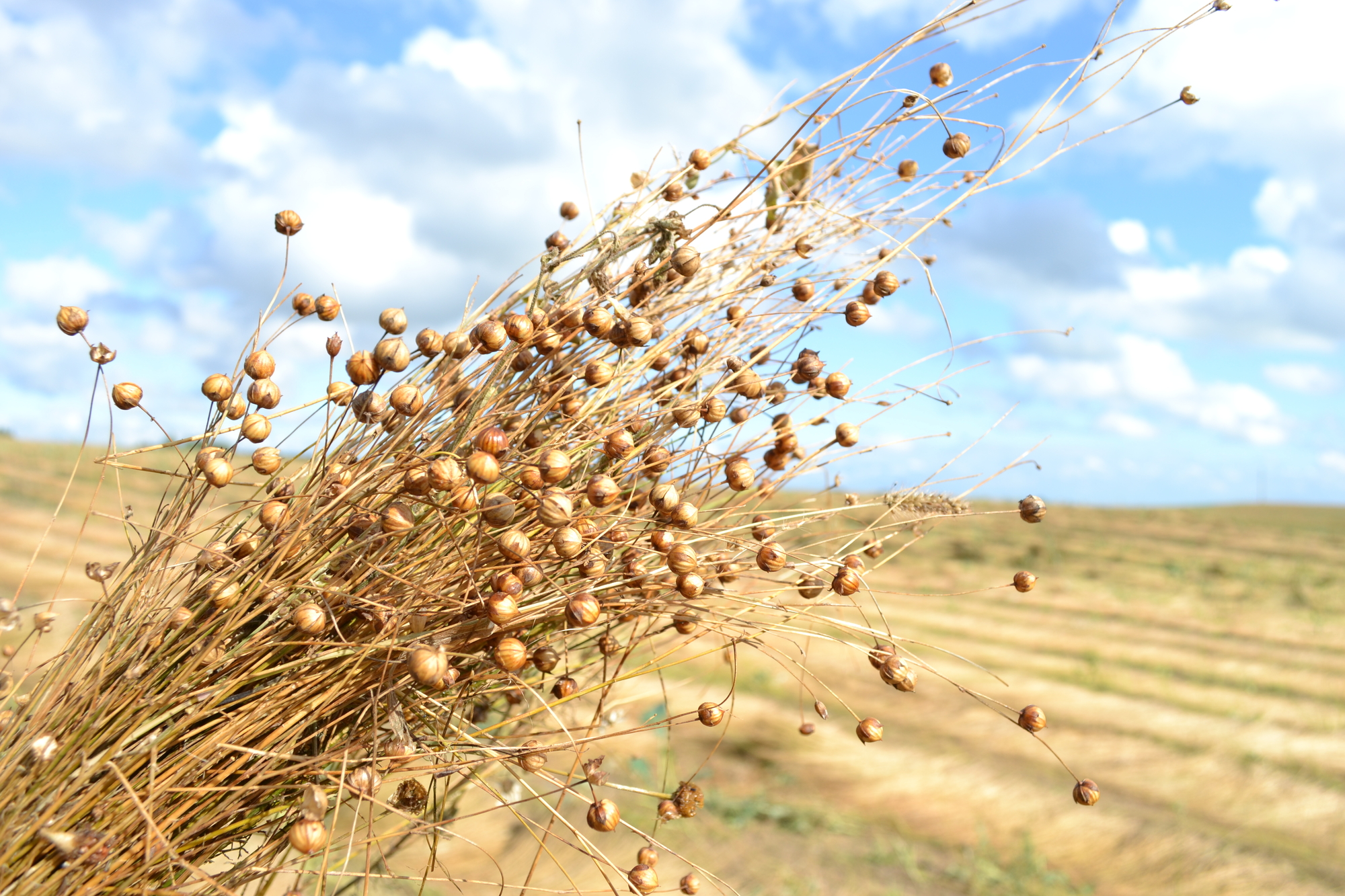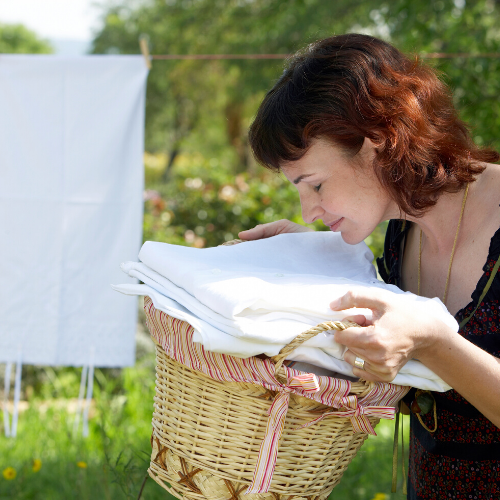Linen has earned the reputation as being a luxurious fabric, and for good reason.
Its strength, durability and breathability make it a favorite for a variety of uses, from window treatments to upholstery and table linens.
European cool climates are optimal for the growth of flax. Linen is sourced from the stems of flax plants. Because the soil and cool climates found in European countries like France, the Netherlands and Belgium are ideal for flax crops, much of the flax sourced for fine linen comes from this region.
In fact, World Linen’s main source for flax fiber comes from these three European countries.
While consumers have long equated French linen and Belgian linen with elegance, in reality, European linen sources the same flax fibers found in the gorgeous rolling flax fields of northern France and coastal communities of Belgium.
Here are some of the reasons European linen is as luxurious and why it can inspire interior design projects that create a sophisticated environment.
Highly Sought-After Textile
Linen created using flax grown in European countries is highly sought after for use in many products because of  linen’s durability, breathability and moisture-resistant features.
linen’s durability, breathability and moisture-resistant features.
Linen comes from the cellulose-based fibers of the flax plant that are hypoallergenic. Linen can absorb dampness up to 20% without ever feeling wet. With some textiles, hidden dampness can lead to bacterial growth. However, with linen, its hypoallergenic characteristic keeps products healthier over time.
Because all flax is naturally hypoallergenic, it is considered to be a natural fiber that is friendly to a person’s skin. That’s music to the ears of someone who suffers from allergies.
Linen is also a great year-round fabric, since it keeps you cool in the summer and warm in the winter. It actually gets softer and improves with age as well, even after cleaning it multiple times.
Because of these reasons above, many manufacturers and designers choose linen as their textile of choice for products such as table decor, window treatments, furniture upholstery, slipcovers and more.
Extremely Sustainability
Whether flax is grown in the northern region of France or the English Channel coastal communities in Belgium, the growing process is extremely sustainable.
In fact, linen is known for being one of the most sustainable textiles available. It’s organic, innate to nature and needs no water for growth.
After flax is grown in a cool climate and harvested 100 days later, the fibers from the plant are separated. The leaves and seeds of the plant are then removed. Flax fibers located inside the dried stems are also removed.
Because very little water is required to grow flax, farmers do not need to irrigate or fertilize during this process. Flax typically requires little to no pesticides, herbicides or fungicides as well.
For companies that choose to use linen to create their products, they will achieve a higher level of sustainability because very little is wasted with flax. Even other parts of the plant, such as its seeds, can be used to produce oil or flax seeds for consumption.
As mentioned above, linen is very durable. Because of this, it will enjoy a longer lifespan. When discarded, linen is also biodegradable.
Read more about the growth process of flax in our article, What Is Linen Made From?
No Need For Extra Care
Whether a product is constructed using French linen, Belgian linen or a blend of flax sourced from throughout this  European region, one of the best features of linen is that it does not require extra care.
European region, one of the best features of linen is that it does not require extra care.
This makes it an optimal textile for products like upholstery and window treatments. In fact, caring for linens is fairly simple, making it an attractive choice and selling point.
Linen can even be cleaned and dried in an individual’s washing machine and dryer, though it can also be hand-washed or dry-cleaned using professional services.
There are just a few tips to keep in mind:
- Do not use hot water, since it can cause linen fabric to shrink. Hot water can also weaken the fibers.
- Never twist linen fabric or scrub it, since this can damage the fibers as well.
- Bleaching is not recommended since it can discolor the fabric.
- Drying should be done on low heat, and linens should be removed while they are somewhat damp.
- Linens located in high-traffic areas should undergo regular maintenance to retain the fabric’s fresh feel.
Read more about the ins and outs of taking care of linen in our article, How To Wash Linen, which explains the various washing and drying methods you should use when maintaining linen fabric.
A Special Textile
Linen is a special textile known globally for its lavish feel, long-lasting durability and environmentally-friendly appeal.
Constructed using flax grown in France, Belgium and the Netherlands, European linen enjoys the same luxurious qualities as French linen or Belgian linen. A coveted textile for thousands of years, linen has long been used to create fine goods with an environmental mission over the span of many generations.
Our article, What To Look For In A Linen Supplier, further explores how to ensure you have access to the highest quality of fabric, at the right price and in a timely manner.





